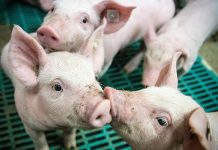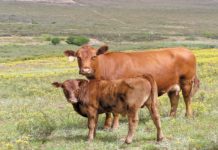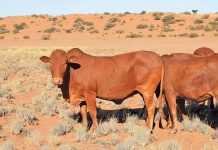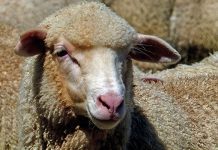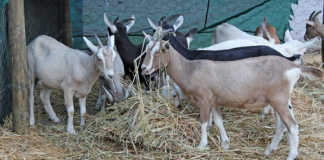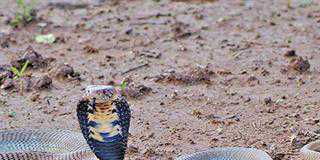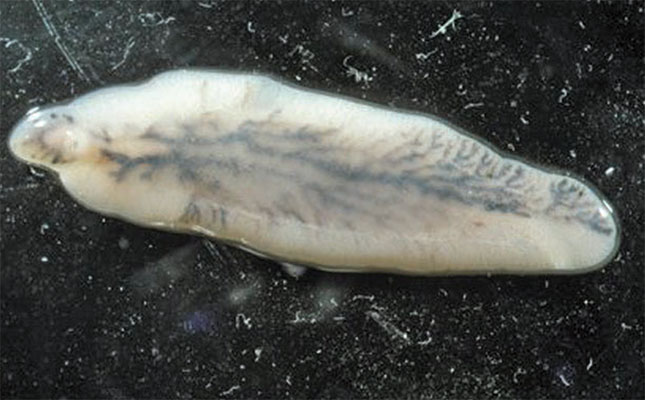
The Ruminant Veterinary Association of South Africa has warned livestock farmers to beware of fasciolosis or liver fluke infestation, especially where drought conditions persist. This is because water snails, the intermediate hosts, become concentrated in shrinking water bodies, increasing the likelihood of infection in livestock that drink the water.
Understanding the basics
Liver flukes are trematodes, a group of flattened oval or worm-like internal parasites of molluscs and vertebrates. The two species of the greatest veterinary importance are Fasciola hepatica and F. gigantica. Most aspects of their biology and effect on cattle and sheep are similar.
In South Africa, the most common intermediate hosts are the amphibious snails Lymnaea trunculata (F. hepatica), L. natalenis (F. gigantica) and L. columella (F. hepatica and F. gigantica). They are found in clear water or mud on the edges of streams, ponds, rivers and vleis, or in temporary man-made depressions filled with water, such as tractor tracks. Both snails and flukes will procreate at temperatures between 10°C and 26°C.
Life cycle of the liver fluke
Eggs are passed in the faeces of the mammalian host, then hatch, releasing miracidia (larvae). These have a short lifespan and must infest a suitable snail within three hours.
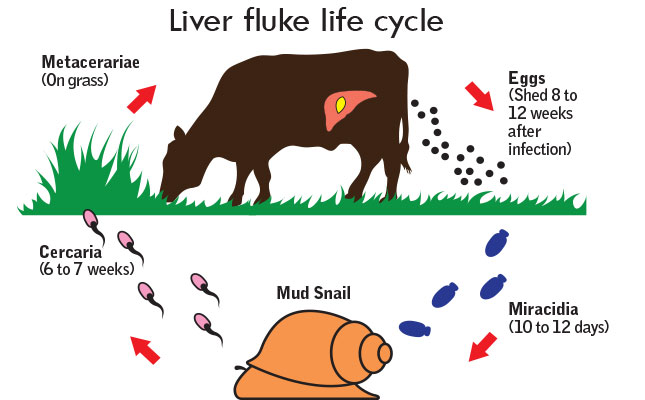
In the infected snail, the young parasite goes through two stages – the sporocyst (an elongated sac) and the redia (a larval form with an oral sucker) – before emerging as a cercaria. It has a tapering head with large penetration glands and is passed on when the snail attaches itself to plant material.
Here it encysts and emerges as a metacercaria at least six weeks later. If conditions are unfavourable the process may take longer. One miracidium can produce more than 600 metacercariae. Sheep or cattle ingest the metacercariae, which enter the intestinal wall and penetrate the liver capsule.
The immature flukes then take six to eight weeks to migrate through the liver tissue before entering the small bile ducts. Finally, they travel to the larger bile ducts and occasionally the gall bladder.
Global economic impact
Fasciolosis is of great economic significance worldwide, with losses estimated to exceed billions of rands annually. Approximately 2,4 million humans and 600 million animals are affected every year.
Cattle
Studies of the effect of F. hepatica infection on live weight gain in cattle have found a drop ranging from 0,07kg/week to 1,2kg/ week, depending on the level of the infection. In animals suffering from smaller fluke burdens, the clinical effect may be minimal and the loss of productivity is difficult to determine or differentiate from other causes such as nutritional deficiency.
Infected heifers have a delayed first oestrous cycle. In infected cows, milk yield and quality, especially of the solids-not-fat component, may be reduced in winter.
The level of liver condemnation at abattoirs worldwide varies according to the season and is reported to be as low as 0,26%. In areas where it is more common, the average rate following dry summers is reported to be 5%, but can be as high as 10% to 20% after wet summers.
Sheep
Sheep do not appear to develop resistance to infection, and chronic liver damage occurs over several years. Significant losses in sheep include: reduced production and quality of wool; reduced lambing rates; poor growth rate of lambs and increased costs for replacement stock.


